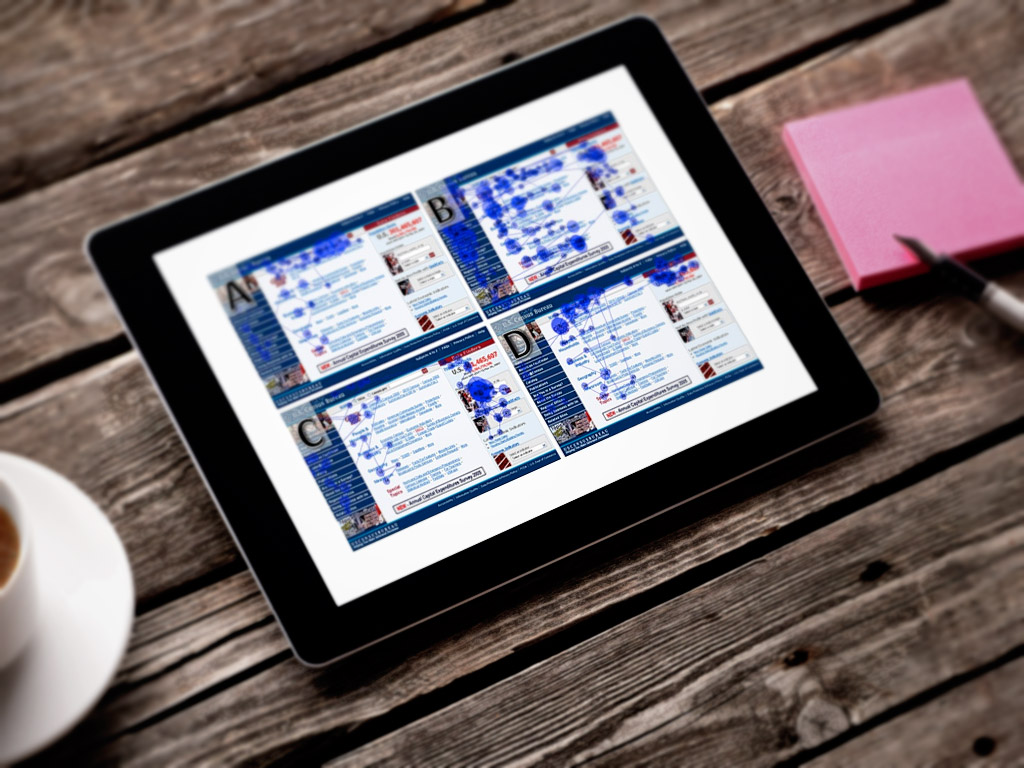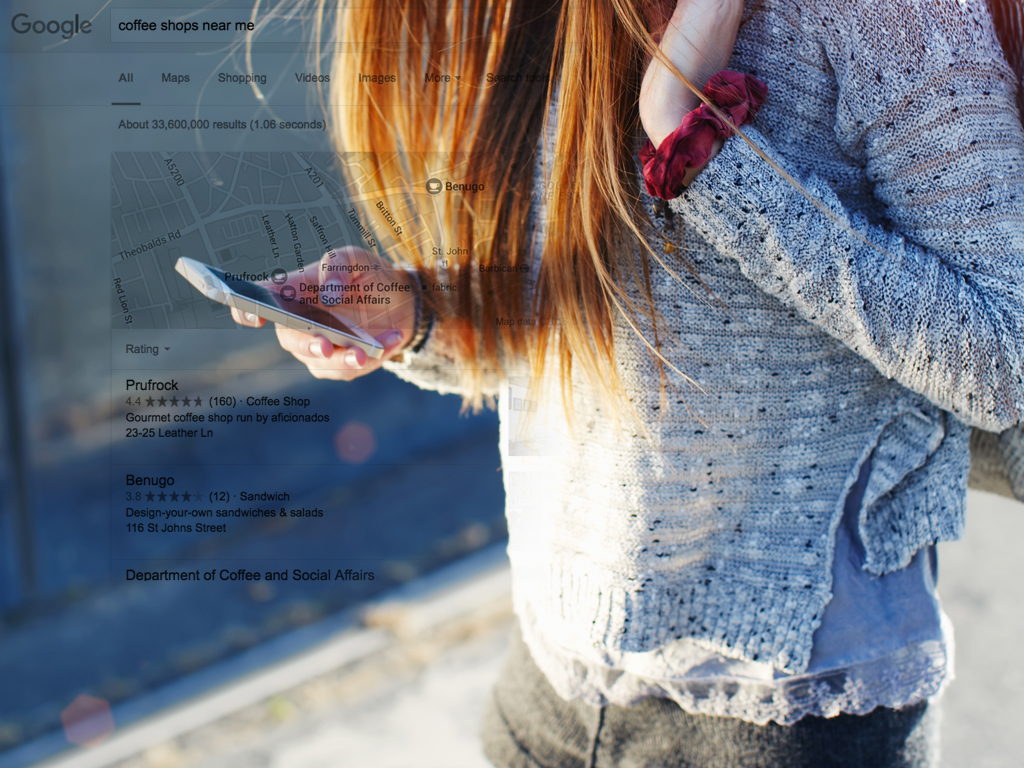It’s easy for brands to upset consumers by inundating them with location-based offers. And once they opt out, it’s highly unlikely they’ll opt back in again. That means it’s incredibly important for brands to provide utility to said consumers when targeting them with location-based content. Brands have to think about what kind of content will make consumers willing to use up some of the precious battery life on their mobile devices.
Citing brands like Levi’s Stadium, Dunkin’ Donuts and Disney as examples of effective location-based advertisers, panelists at “Location Matters – Creating Immersive Experiences for Fans and Customers” during New York’s Advertising Week discussed how to manage customer relationships when incorporating location-based technology and offers.
Here’s their take on best practices for brands.
Lesson 1: Don’t Interrupt, Provide Utility
Elisa Padilla, senior vice president of global marketing at Brooklyn Nets/Barclays Center, said her brand has multiple apps that are very much focused on the guest experience. That includes the ability to upgrade seats directly from the app, as well as to access information such as where to find a shorter line to buy concessions. It also includes video content that allows fans to go back and watch a great play if they missed it when it happened live.
In addition, Barclays has tested out a few push notifications. The first provided a welcome message to “[make] this feel like home for the next few hours,” she said. Other messages were for the 40/40 Club and the retail shop.
“We’re very conscious of planning our messaging for next season,” Padilla said. “We want to be respectful of our guests. We don’t want to inundate them with messaging. We test, we understand, we implement and we add value to the customer.”
Derek Fridman, group creative director at digital agency Huge, used the example of the app from home improvement retailer Lowe’s, which uses Google Maps to map out each store and help customers find what they’re looking for, no matter which location they’re shopping from.
“They did this beautiful thing – the signage is there, which matches the phone, so customers know that’s what it looks like and ‘I’m in the right spot,’” Fridman said. “It’s not about selling to them. It’s about getting them to the right place.”
In other words, brands have to provide utility and think about what will make consumers want to grant them access to their batteries.
“Battery is currency,” he said.
For her part, Katherine Hays, CEO of Vivoom, a platform that weaves brands into user-generated content, said Vivoom gives users three benefits.
- Exclusivity. That’s because Vivoom provides assets users can add to their videos in real time, which they couldn’t access if they weren’t at a particular event, she said. She called this “the modern-day concert t‑shirt” and said it gives social currency and inspires shares.
- Emotion. By providing wrapping around videos, Vivoom helps users create videos that better reflect the emotions they felt when they first shot them, Hays said.
- Authenticity. It starts with a user video and “the assets we’re adding are the real deal,” Hays said. In other words, by providing additional assets tied to a specific event or content like a movie, users are more eager to shoot and share with friends and friends of fans watch these videos longer than they would otherwise, which means “users are sharing a video with friends with a brand’s voice wrapped around it in an authentic way.”
Lesson 2: Don’t Screw Things Up, But Especially Don’t Screw Up Data/Privacy
Noting a brand really can’t recover from screwing up something like data, Padilla said each of Barclays franchises asks customers for permission to utilize data and communicate with them and she said they do not cross-sell.
“Unless you opt in, you don’t hear from us,” Padilla said.
Similarly, Hays said users only receive Vivoom campaigns based on location or social activity, such as attending a game at Gillette Stadium or liking an app.
In addition, Hays said Vivoom can change up offers based on what’s happening at an event, which helps keep campaigns and calls to action relevant.
Lesson 3: Make Experiences In The Physical Location Better
Fridman said brands should think about how to start a conversation with customers in the digital space and then augment that experience in a physical location. He pointed to car dealerships, saying customers spend hours online doing research and then go to check out vehicles in person.
“I’m already educated online about what I can do in the physical space, but [brands] can start turning physical locations into destinations rather than just inventory on shelves,” he said.
Lesson 4: Be Ready For Anything
“If content is king, curation is the new queen,” Fridman said.
That means content has to be modular so that it is “primed and ready” and “when customers go left, we can respond,” he added.
Padilla agreed, adding that testing creative is important to make sure it works on different devices.
Lesson 5: Reward Passionate Fans Appropriately
What’s more, when communicating with passionate fans that have opted in to receive offers on their mobile devices, Padilla said Barclays wants to reward them with really great stuff. So, for example, after sending out a ticket offer via SMS last spring and selling over 400 tickets, she said the brand realized “these are people who really want to be involved with this brand.”
To date, Barclays has not sent out another such offer because “we want to make sure to reward them with a better offer when we do it again,” Padilla added.
Lesson 6: Put Yourself In The Customer’s Shoes
“Whenever we do something, we ask ourselves if people will opt out if we do this,” Padilla said. “If two say yes and two say no, we really drill down to make sure it’s the right decision.”
Have you incorporated location-based offers into your own marketing strategy? What’s your take?


